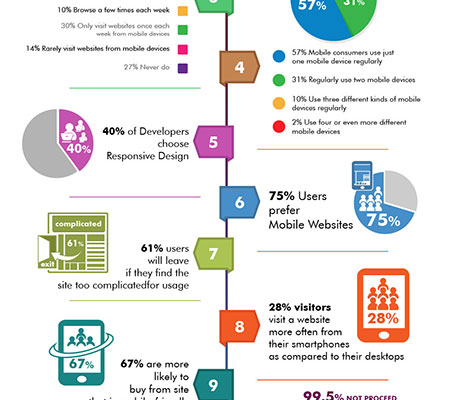Eager To Discover Exactly How Web Site Style Has Transformed In Time? Study The Development From Simpleness To User-Focused Experiences
Eager To Discover Exactly How Web Site Style Has Transformed In Time? Study The Development From Simpleness To User-Focused Experiences
Blog Article
Web Content Written By-Thorsen Dalby
In the past, websites were straightforward and focused on details. Navigating was direct, and style was for desktop computers. Now, user experience is vital. Information overviews designs for simple navigation. Responsive designs match various devices. Today, dark mode minimizes stress, and minimal food selections boost navigation. Interactive functions involve customers, and vibrant visuals stand out. AI integration increases engagement. See how design has actually evolved to enhance your on-line trip.
Early Days of Website Design
In the very early days of web design, simpleness preponderated. Internet sites were fundamental, with limited shades, font styles, and formats. The emphasis got on giving details rather than showy visuals. Customers accessed the net through slow dial-up links, so rate and capability were essential.
Navigating food selections were straightforward, usually situated at the top or side of the page. Internet sites were made for desktop, as mobile browsing wasn't yet prevalent. Web content was king, and developers focused on easy readability over complex style elements.
HTML was the main coding language used, and developers needed to work within its restraints. Animations and interactive features were very little compared to today's criteria. Internet sites were static, with little dynamic web content or tailored individual experiences.
Rise of User-Focused Design
With the advancement of internet site design, a shift towards user-focused layout principles has actually come to be increasingly famous. Today, producing sites that prioritize customer experience is vital for engaging visitors and attaining business objectives. User-focused style entails understanding the demands, preferences, and habits of your target market to customize the web site's format, content, and features as necessary.
Designers currently carry out thorough research study, such as customer studies and usability screening, to gather understandings and comments directly from individuals. This data-driven method assists in producing user-friendly navigating, clear calls-to-action, and aesthetically appealing user interfaces that resonate with site visitors. By putting the user at the center of the layout process, internet sites can deliver an extra tailored and pleasurable experience.
Receptive design has additionally emerged as a key facet of user-focused design, ensuring that web sites are maximized for numerous tools and screen sizes. This flexibility boosts access and functionality, catering to the varied means users engage with sites today. Fundamentally, the increase of user-focused design symbolizes a shift towards producing digital experiences that focus on the demands and expectations of the end customer.
Modern Trends in Web Design
Explore the most recent trends shaping website design today. One famous pattern is dark setting layout, providing a smooth and contemporary appearance while minimizing eye pressure in low-light settings. An additional crucial trend is minimalist navigation, simplifying food selections and improving customer experience by focusing on essential elements. Including micro-interactions, such as animated switches or scrolling impacts, can develop a much more appealing and interactive site. Receptive design stays essential, making certain seamless user experiences throughout different devices. Additionally, making use of vibrant typography and asymmetrical layouts can include visual interest and accentuate specific web content.
Incorporating AI modern technology, like chatbots for consumer assistance or tailored referrals, enhances customer interaction and streamlines processes. Availability has additionally end up being a significant pattern, with developers focusing on inclusive layout methods to accommodate varied customer demands. Embracing sustainability by optimizing internet site performance for speed and efficiency is another emerging pattern in website design. Collaborating with user feedback and information analytics to iterate and improve style continually is essential for remaining pertinent in the ever-evolving electronic landscape. By accepting these modern-day fads, you can create an aesthetically appealing, user-friendly web site that resonates with your audience.
Verdict
As you assess the advancement of site design from the early days to currently, you can see exactly how user-focused layout has actually become the driving force behind modern-day fads.
Welcome the trip of change and adaptation in web design, constantly keeping the customer experience at the center.
Tippingpointdigital
Stay current with the most recent fads and innovations, and never stop developing your strategy to create aesthetically sensational and easy to use sites.
simply click the next internet page , adapt, and create - the future of web design remains in your hands.
